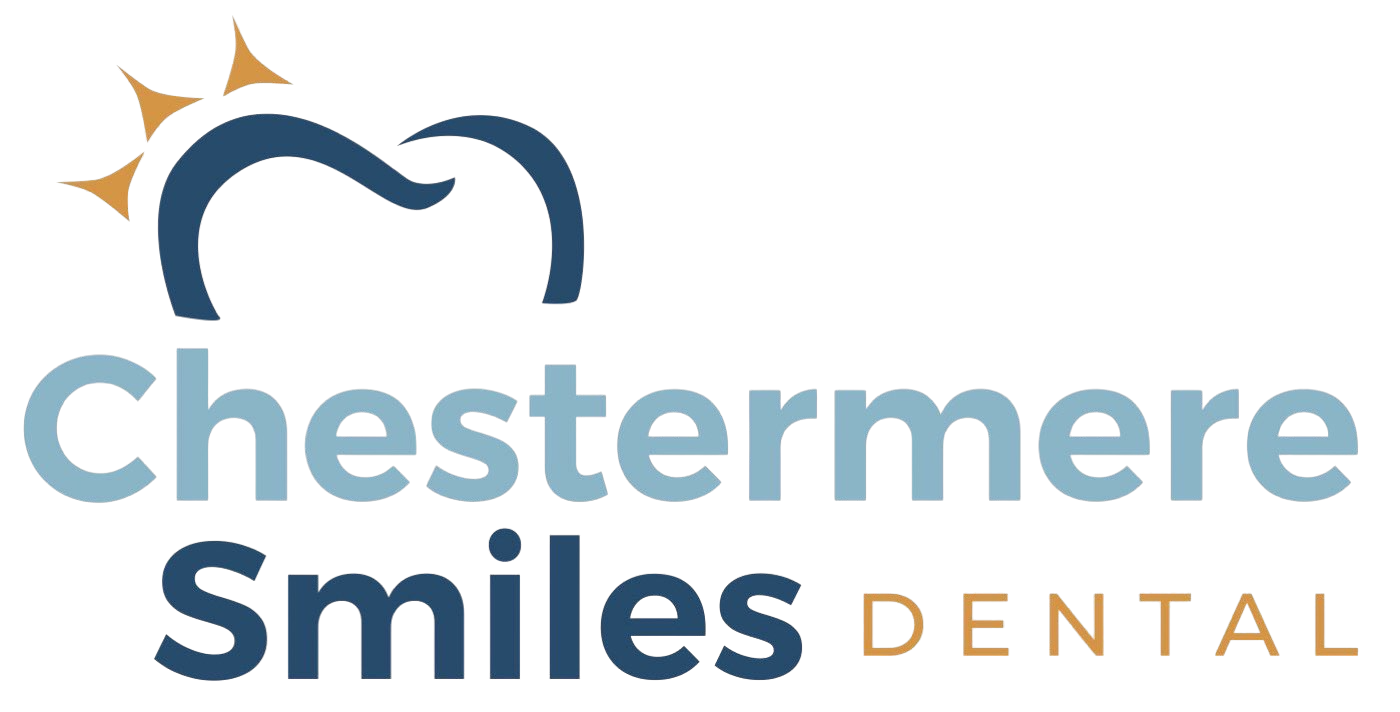When orthodontic treatment is required, braces are a common choice due to their reliability and affordability. For all the benefits that they bring to patients seeking a corrected bite, brushing can be more complicated than before they were in place. Mounting points, wires, and rubber bands all produce barriers that can make eliminating all the plaque on your teeth difficult. As a result, there are specific patterns of decay associated with braces, but a new solution has come on the scene in the form of decay fighting adhesives.
How Orthodontics Can Promote Decay
Dentists seeking to treat orthodontic concerns will often reach for braces when misaligned teeth are the leading concern. While they are incredibly effective at correcting these kinds of concerns, they also are associated with white spot lesions. White spot lesions are a form of decay that happens when braces make eliminating bacteria from around the mounting points becomes difficult. As these isolated pockets of plaque remain unaddressed, they create a tell-tale white spot of decay on the tooth. These white spots are the lesions mentioned above. A new adhesive has been introduced that actually battles decay by addressing these trouble points.
“The upper central incisors, canines, and lower bicuspids and canines are the most commonly affected by white spot lesions.”
How This New Adhesive Is Changing Orthodontic Dentistry
The one thing all white spot lesions have in common is the point where they form. This location where the adhesive meets tooth has a new line of defense, the adhesive itself. Discovered at the Queen Mary University of London, this new adhesive is bioactive, meaning that it interacts with the living elements in your mouth, including bacteria. This protects your teeth in the following ways:
- Calcium, phosphates, and fluoride are secreted onto the teeth
- Fluorapatite forms from these elements
- This new substance stimulates dental remineralization and slows plaque growth
The ability of the adhesive to create the above results is the central reason that it’s able to protect your teeth and reduce decay. The difficulties often faced by orthodontic patients in controlling plaque growth in these hard to reach areas are significantly reduced, as is the occurrence of white spot lesions.
This new adhesive has undergone extensive testing resulting in substantial proof that it is both safe to use and fully capable of its purported abilities. It may surprise the casual reader to learn that 25% of all patients receiving orthodontic care are over the age of 18. By using this new adhesive, there are patients receiving orthodontic care all over the world who will have less worry when it comes to orthodontic related decay. Contact your dentist today to determine if this new adhesive is being used in their office, and then schedule an appointment to start correcting your teeth!


